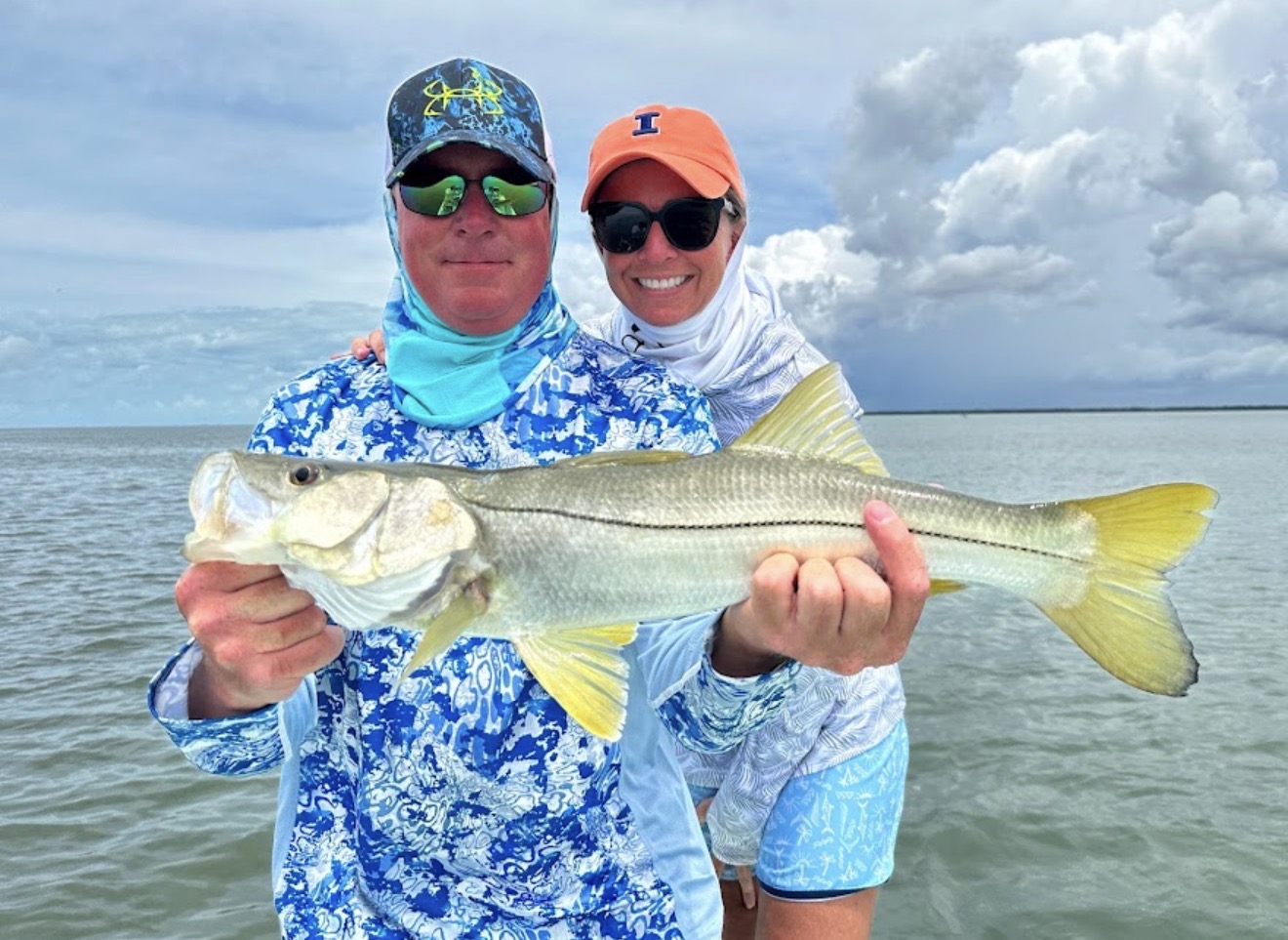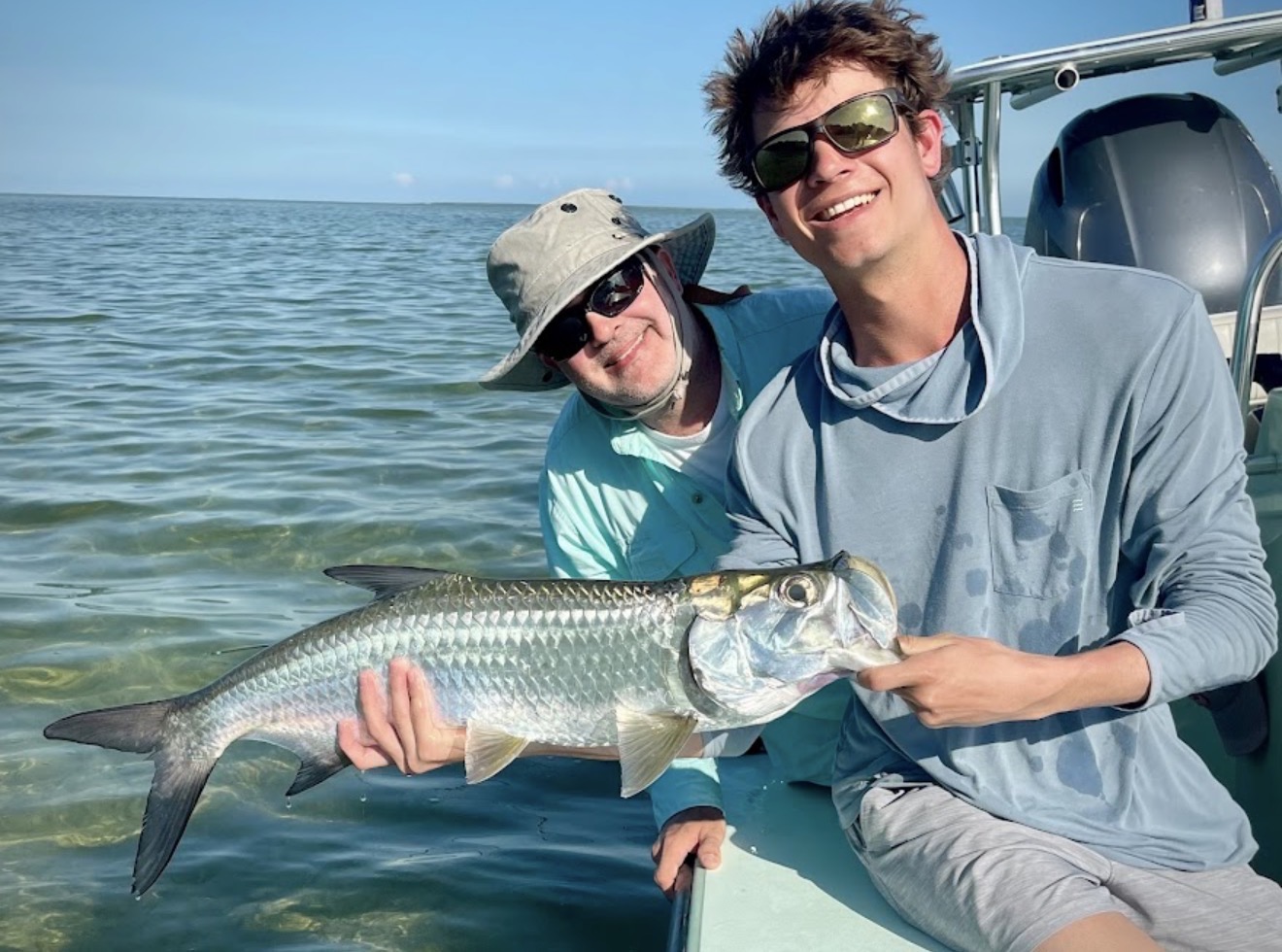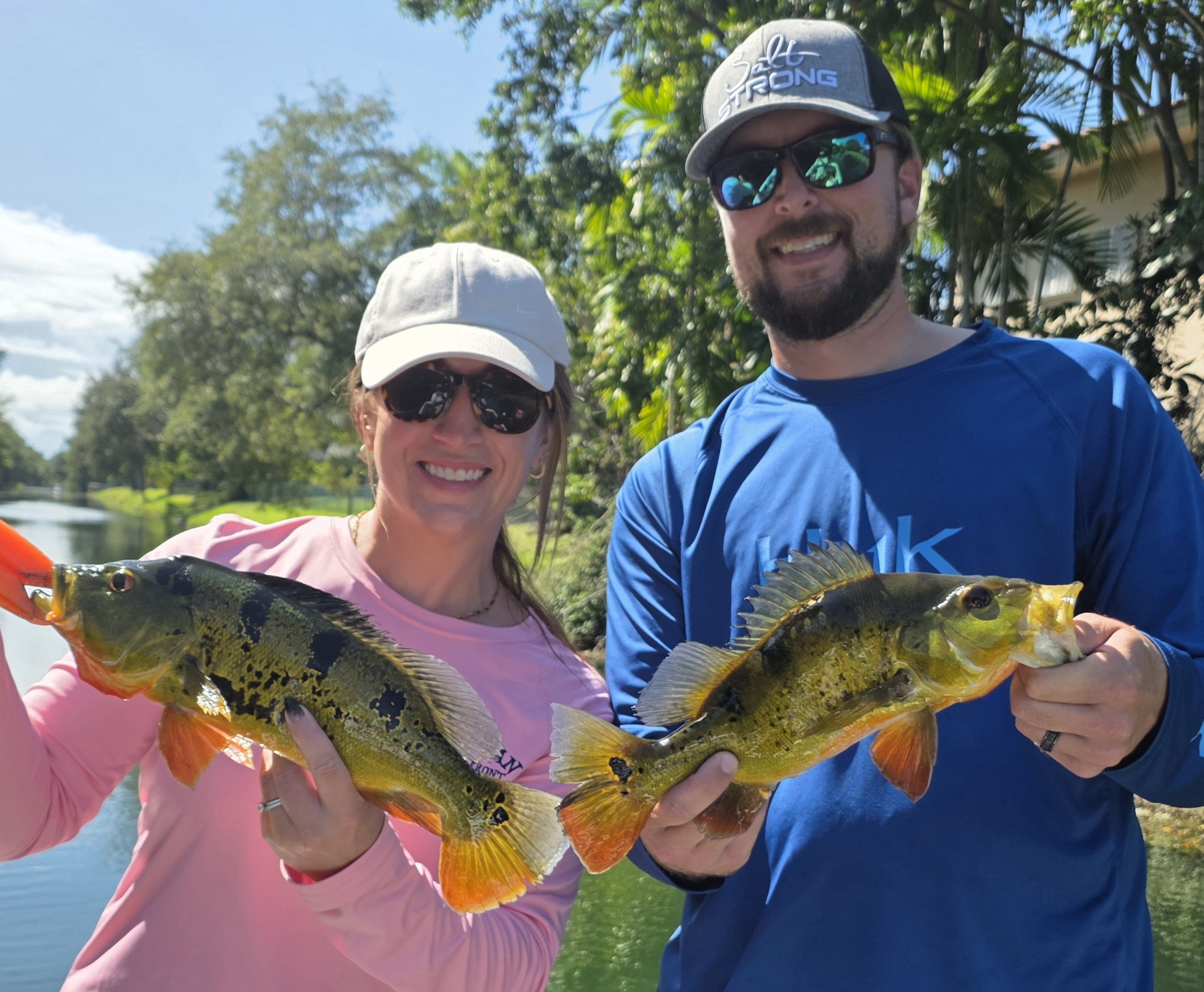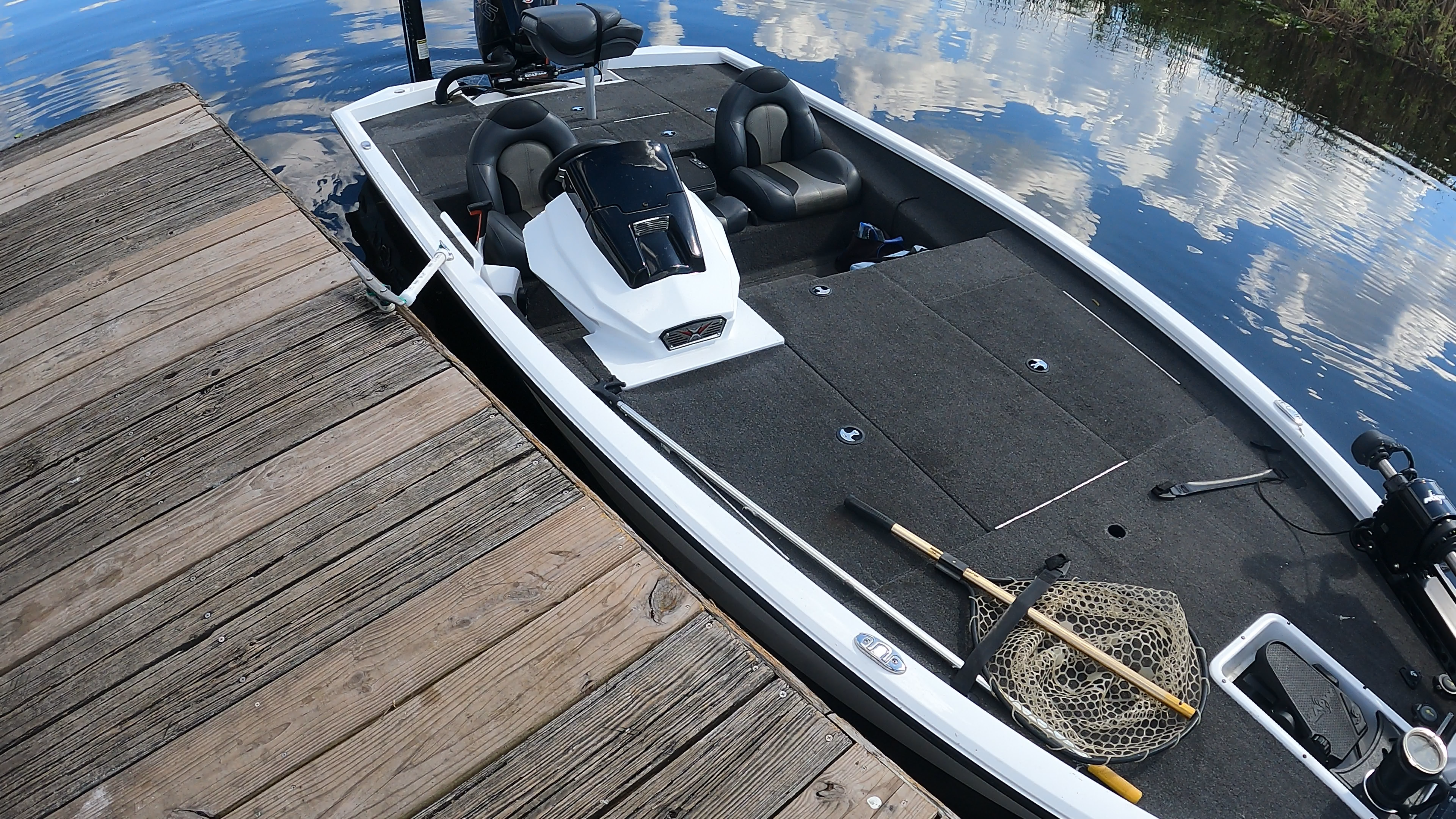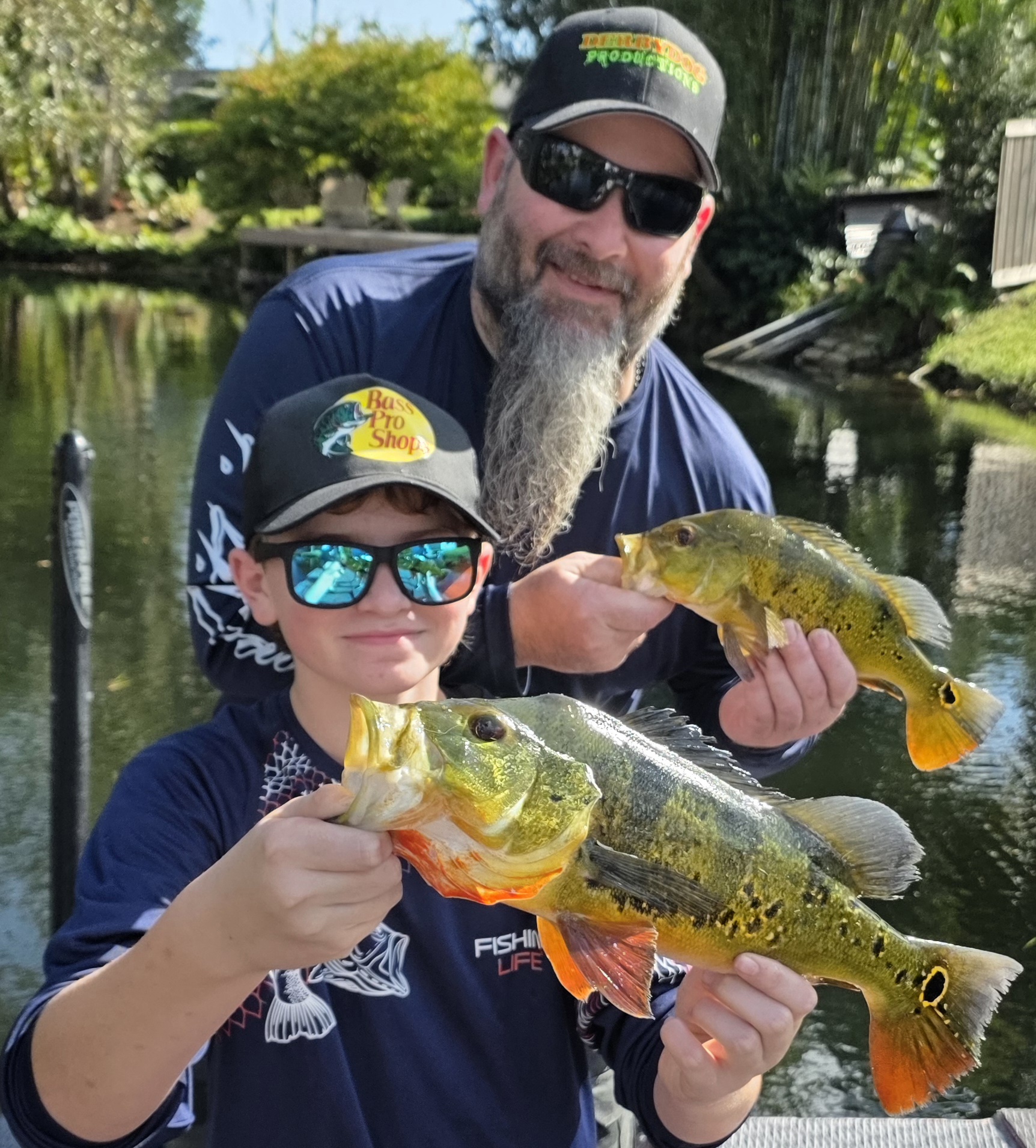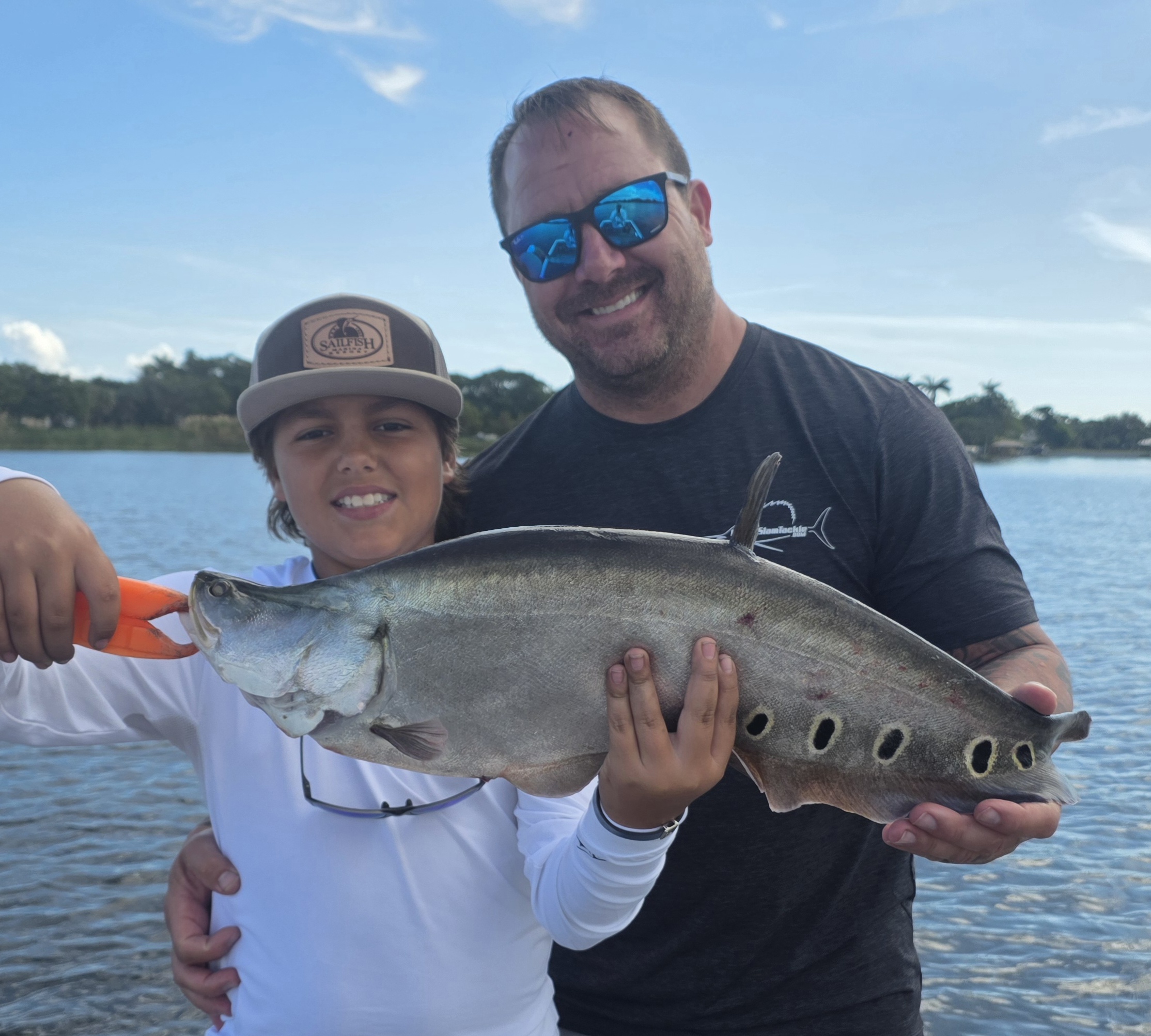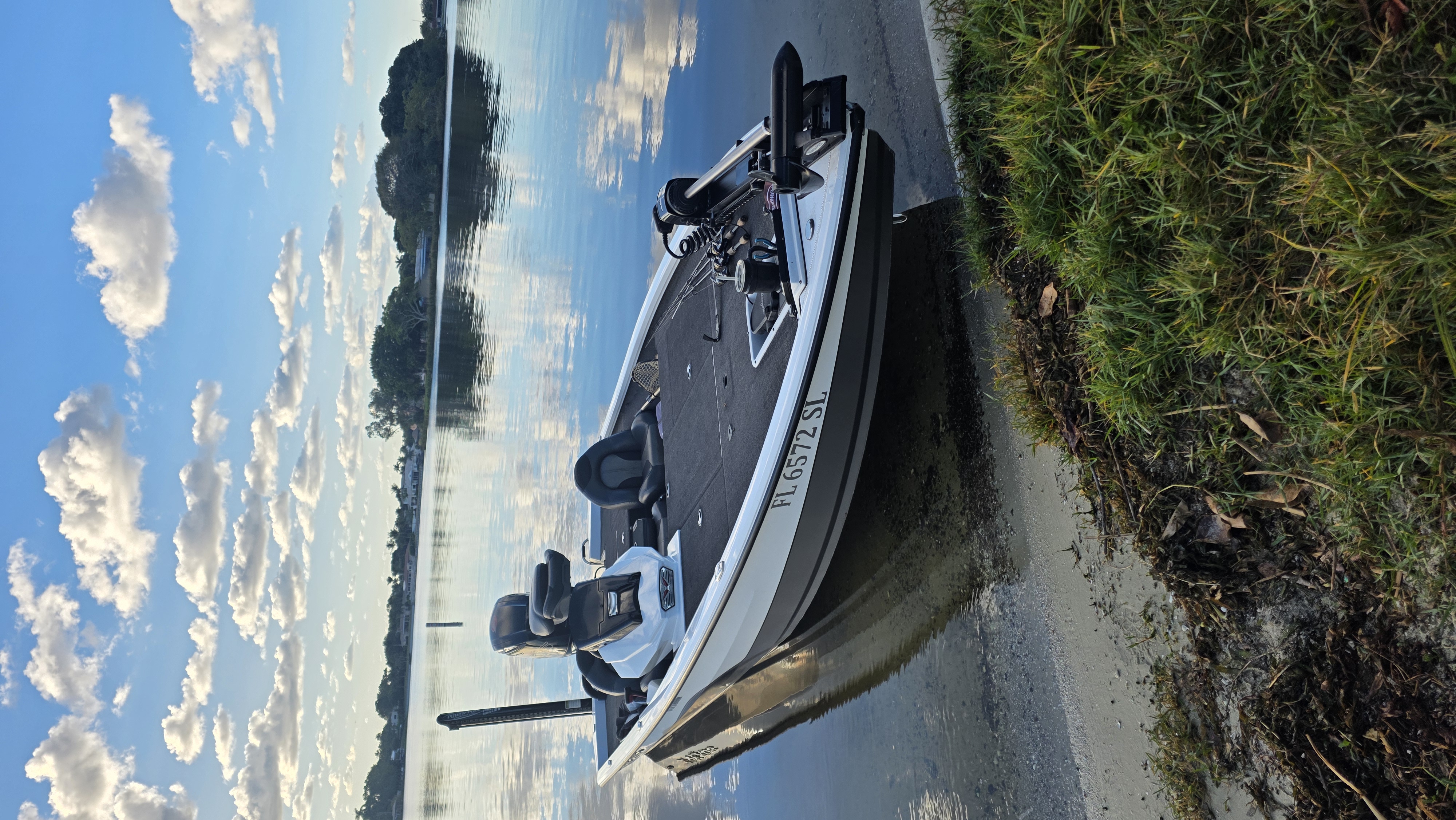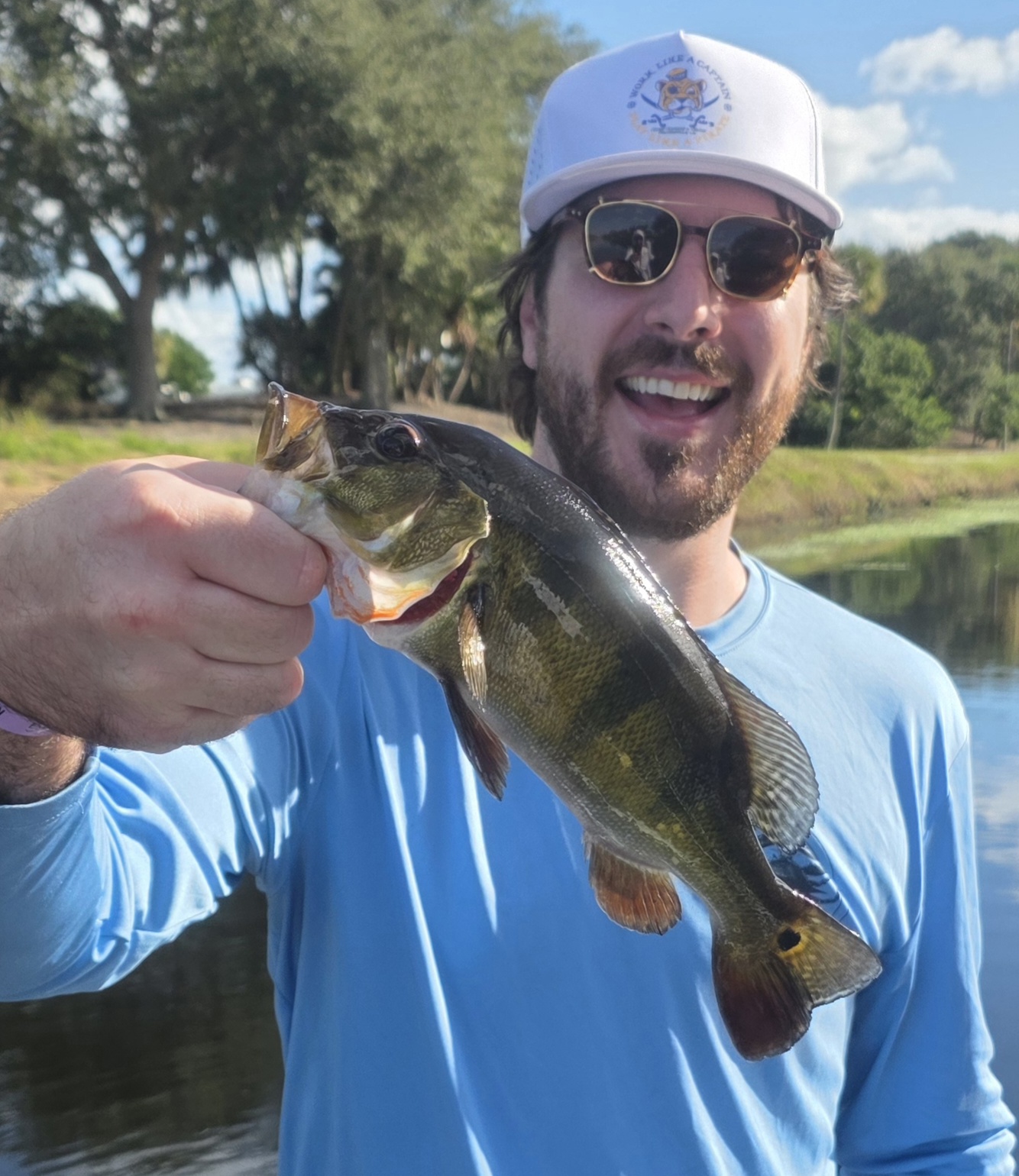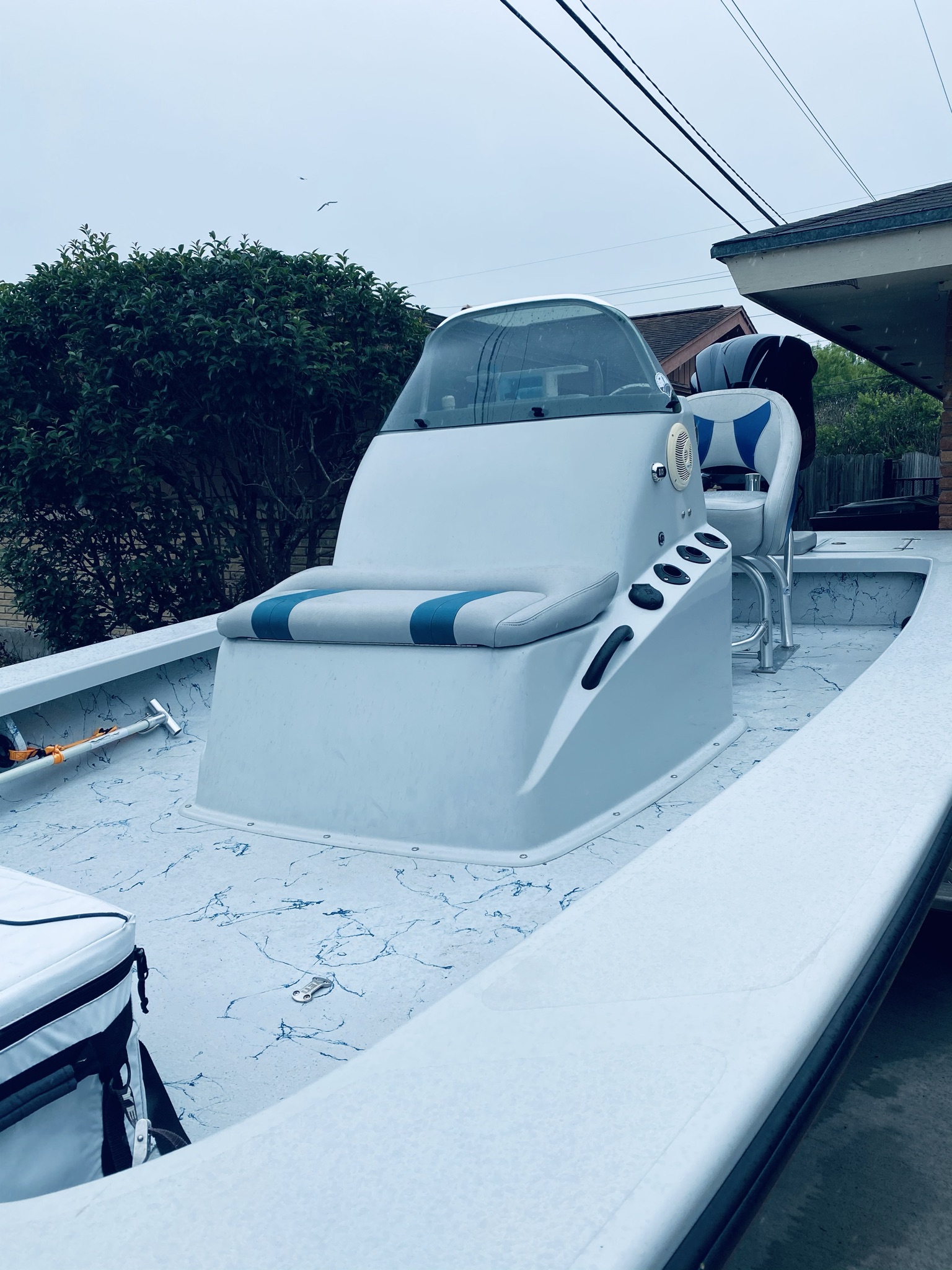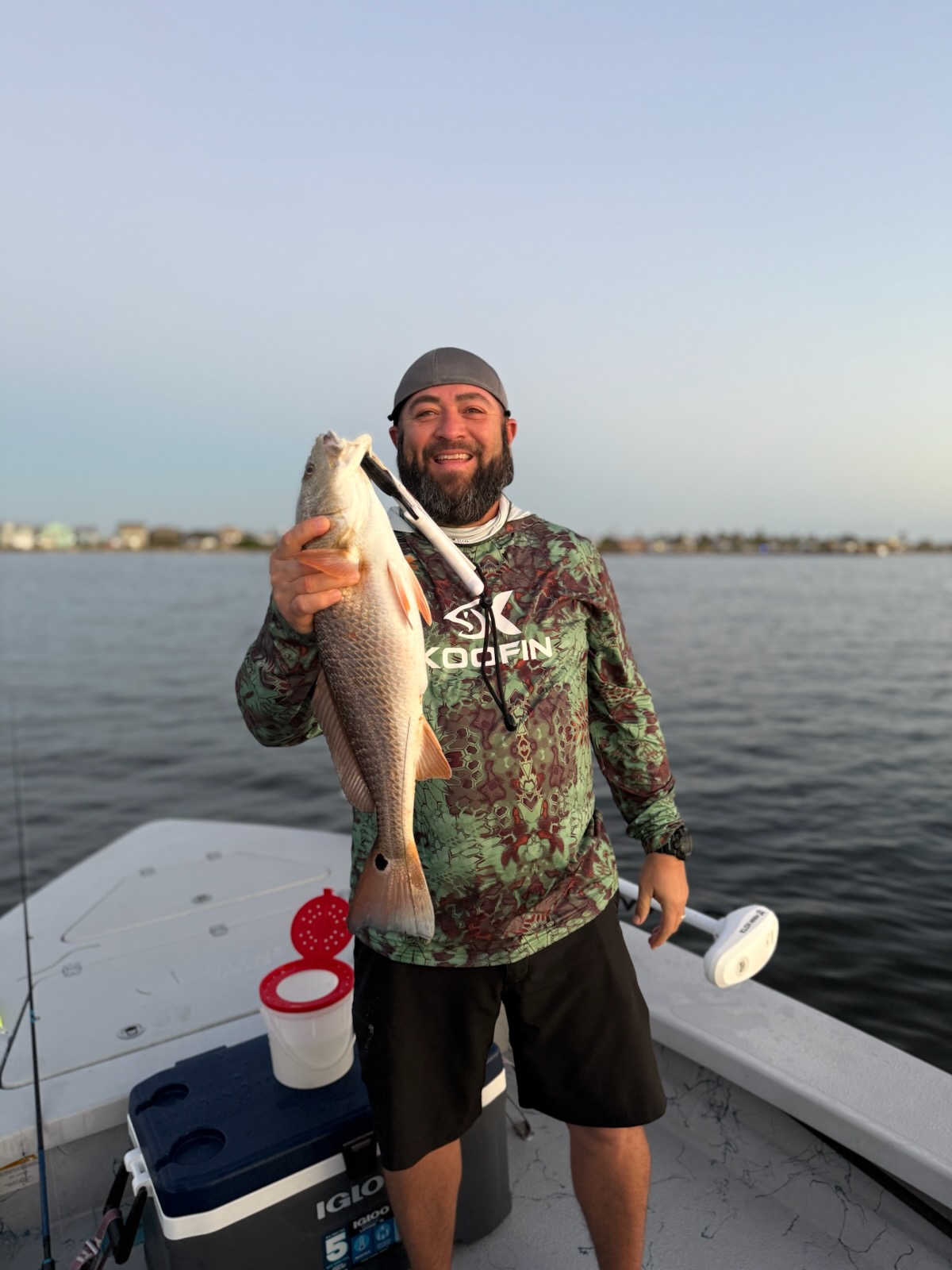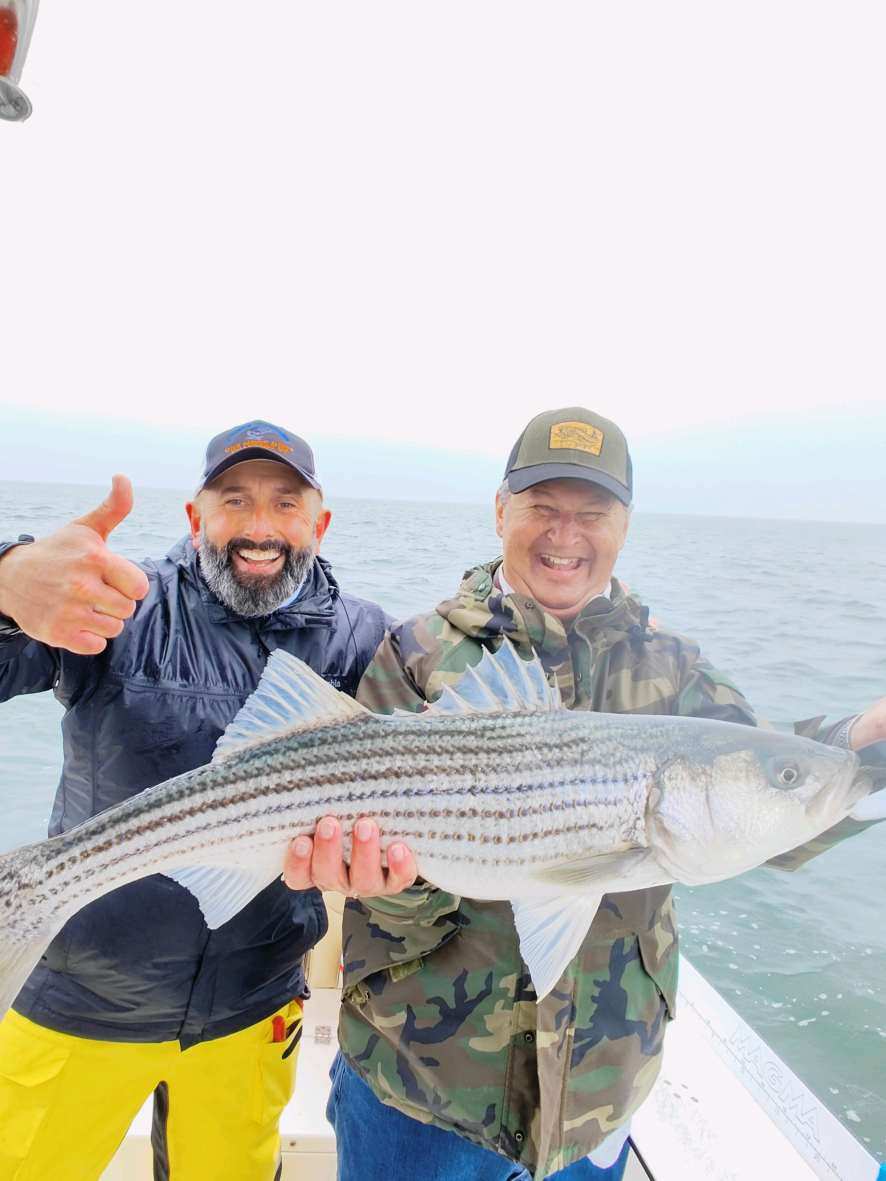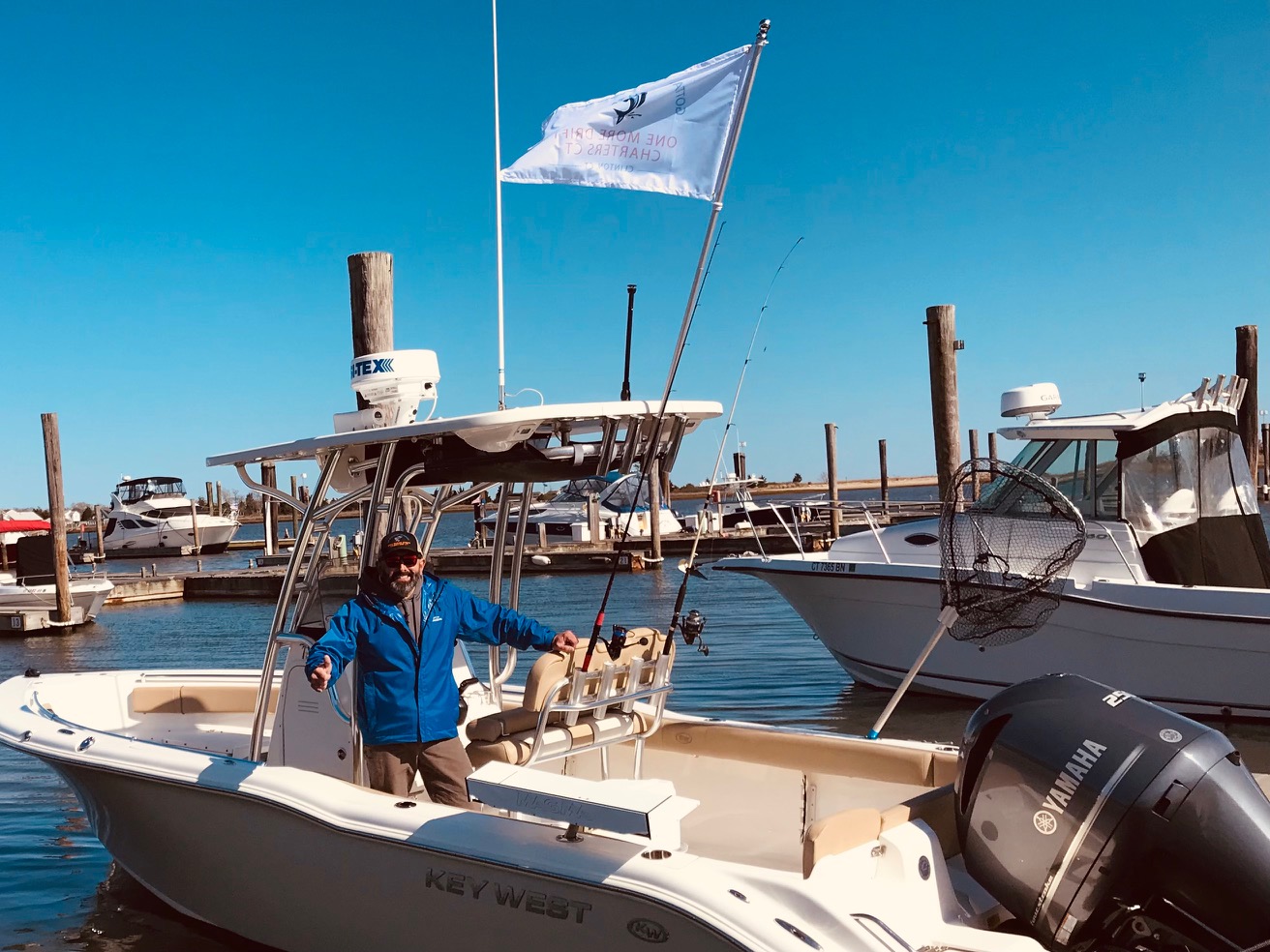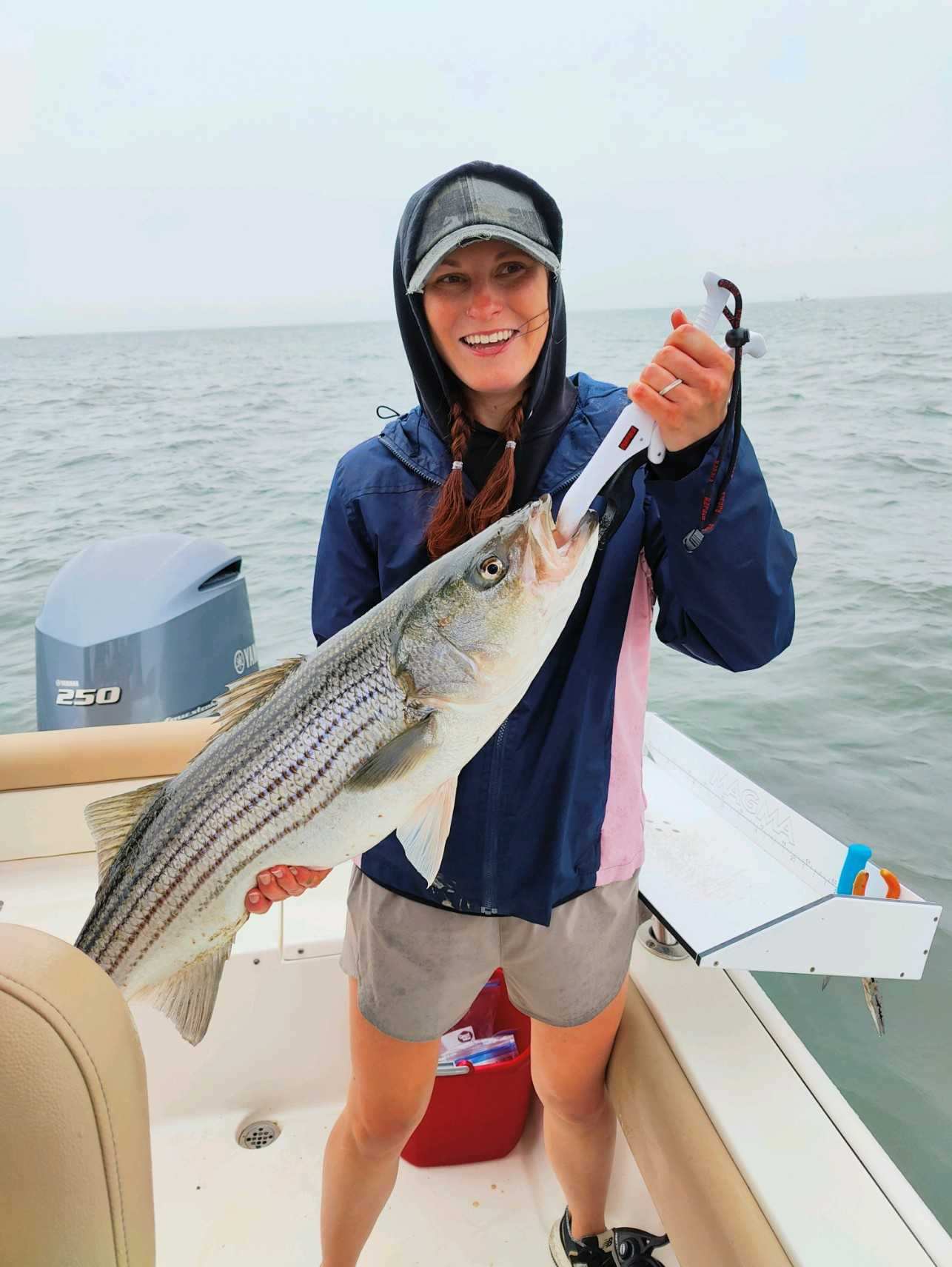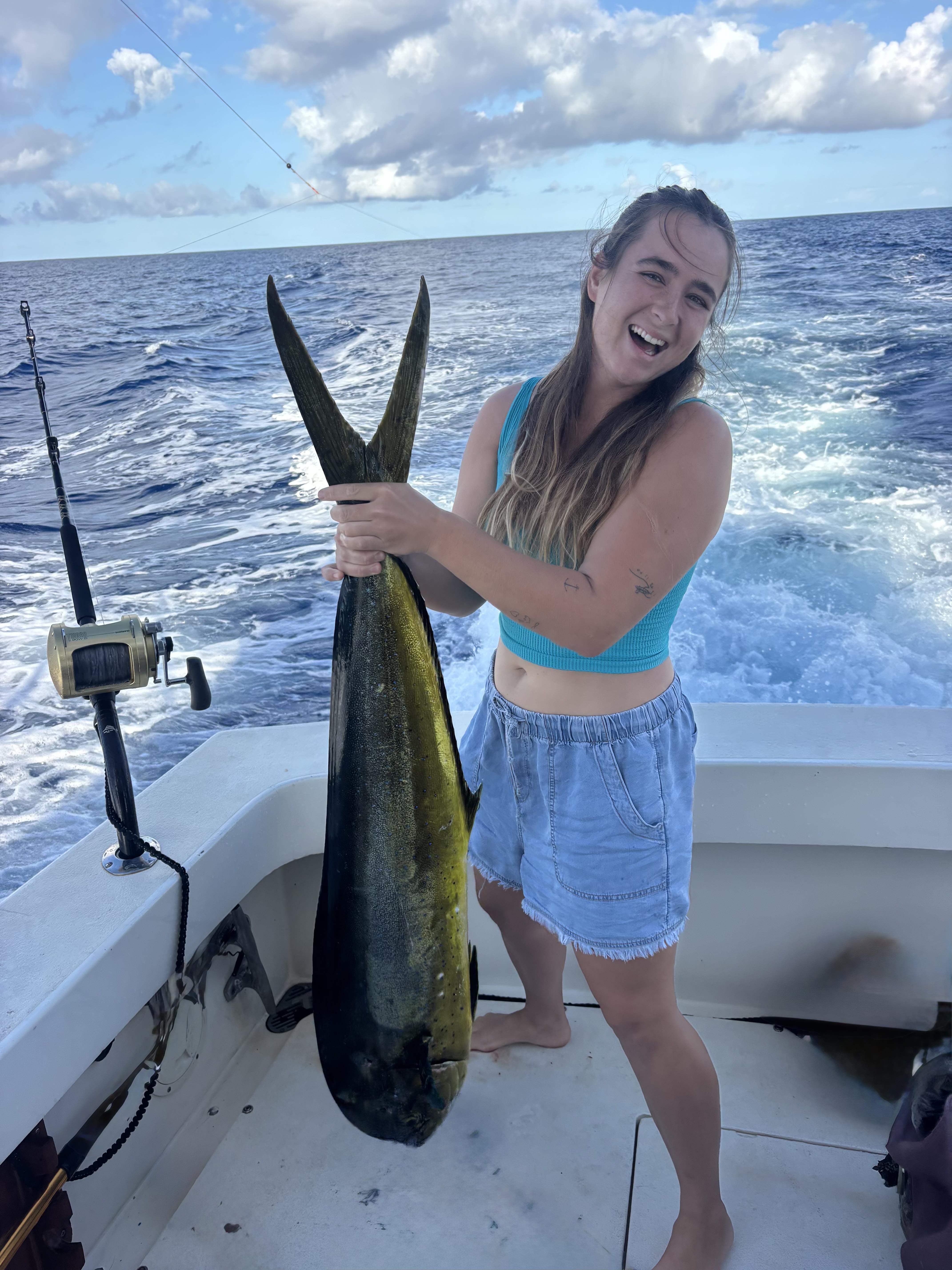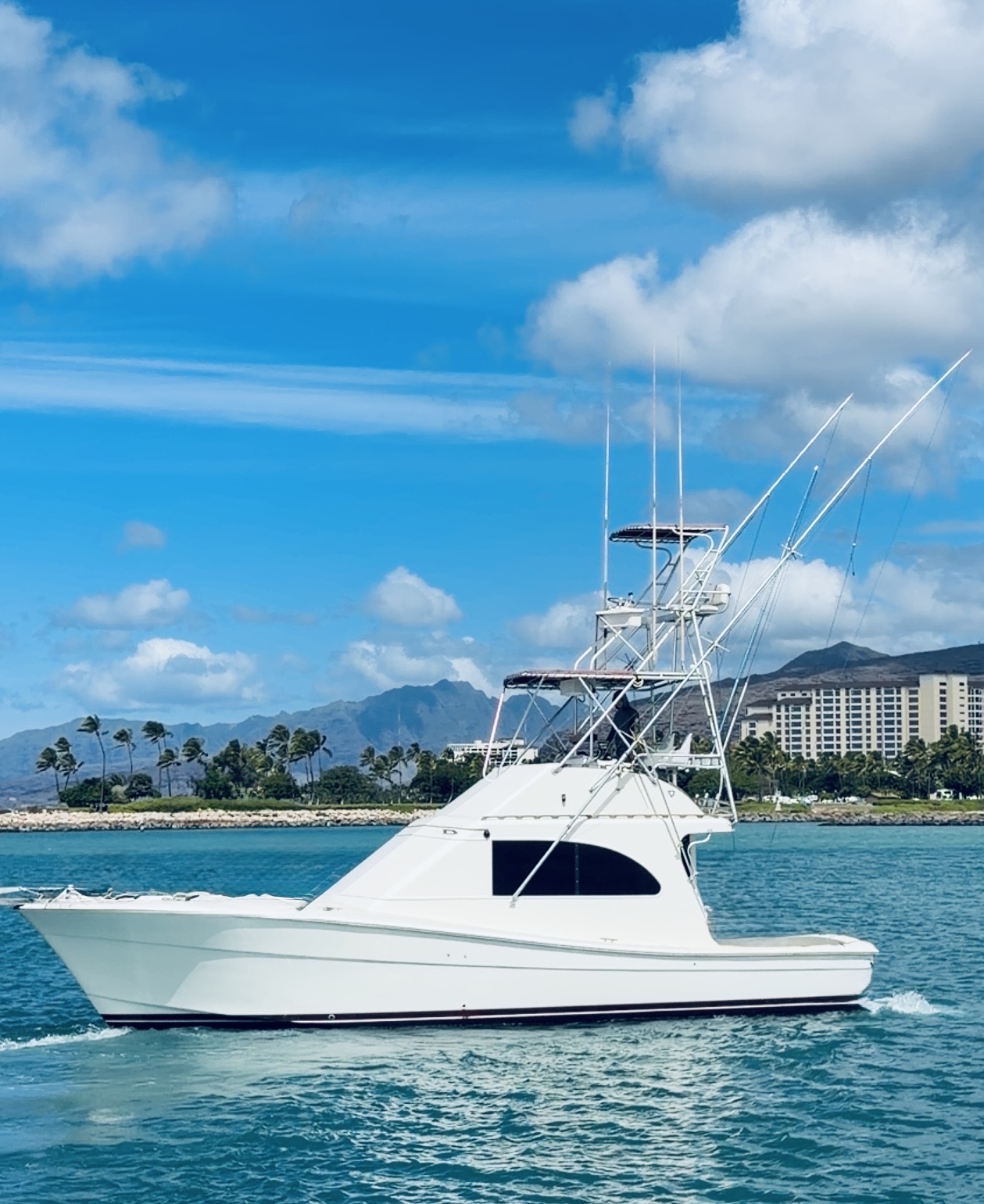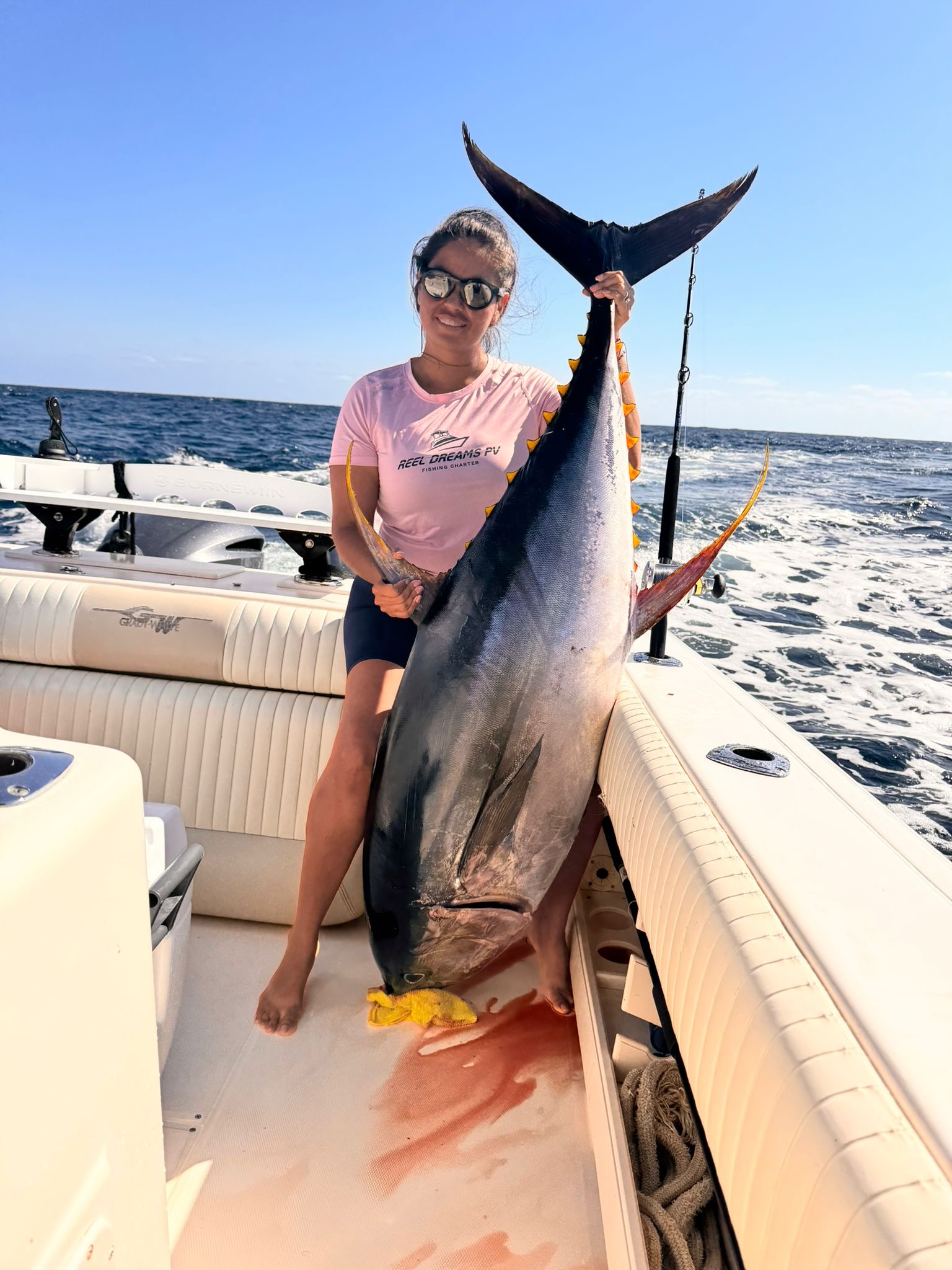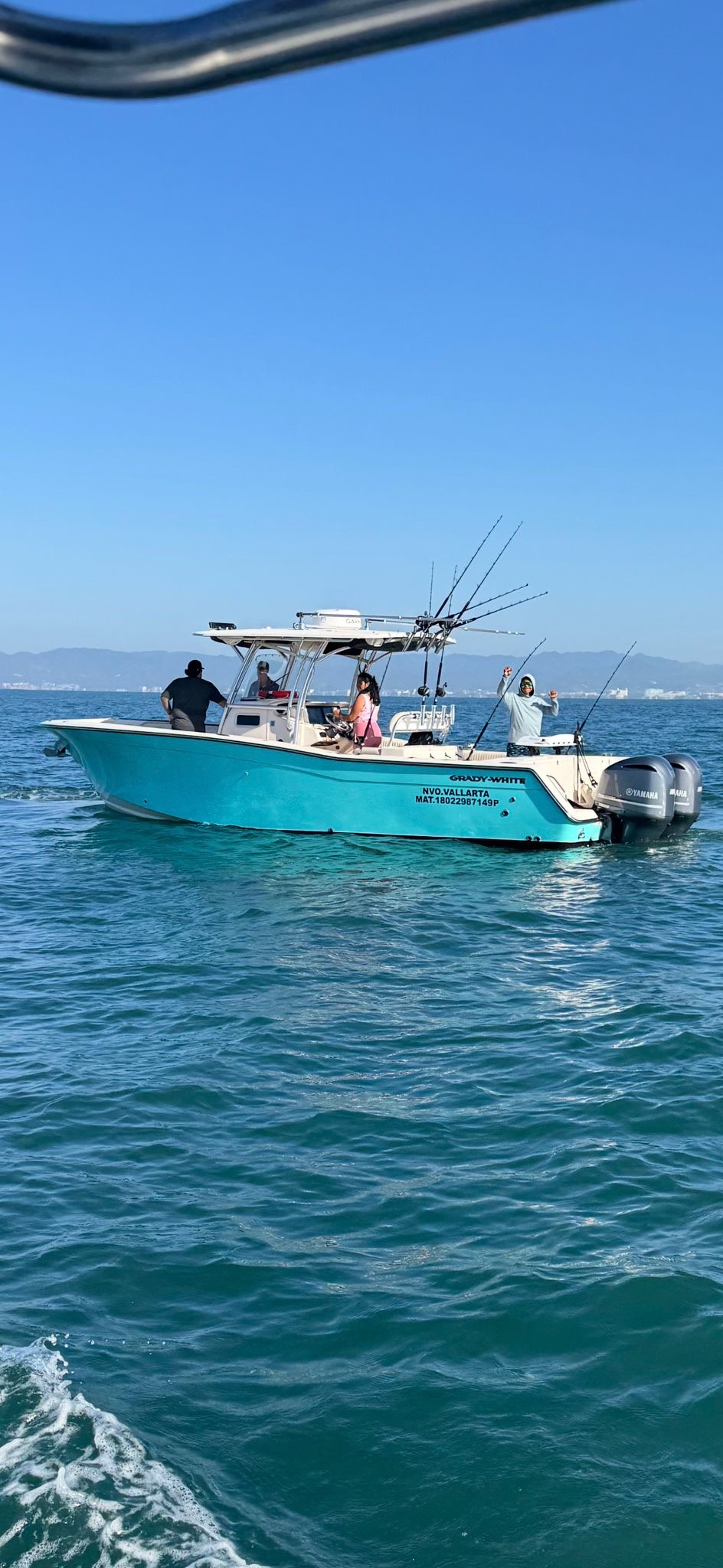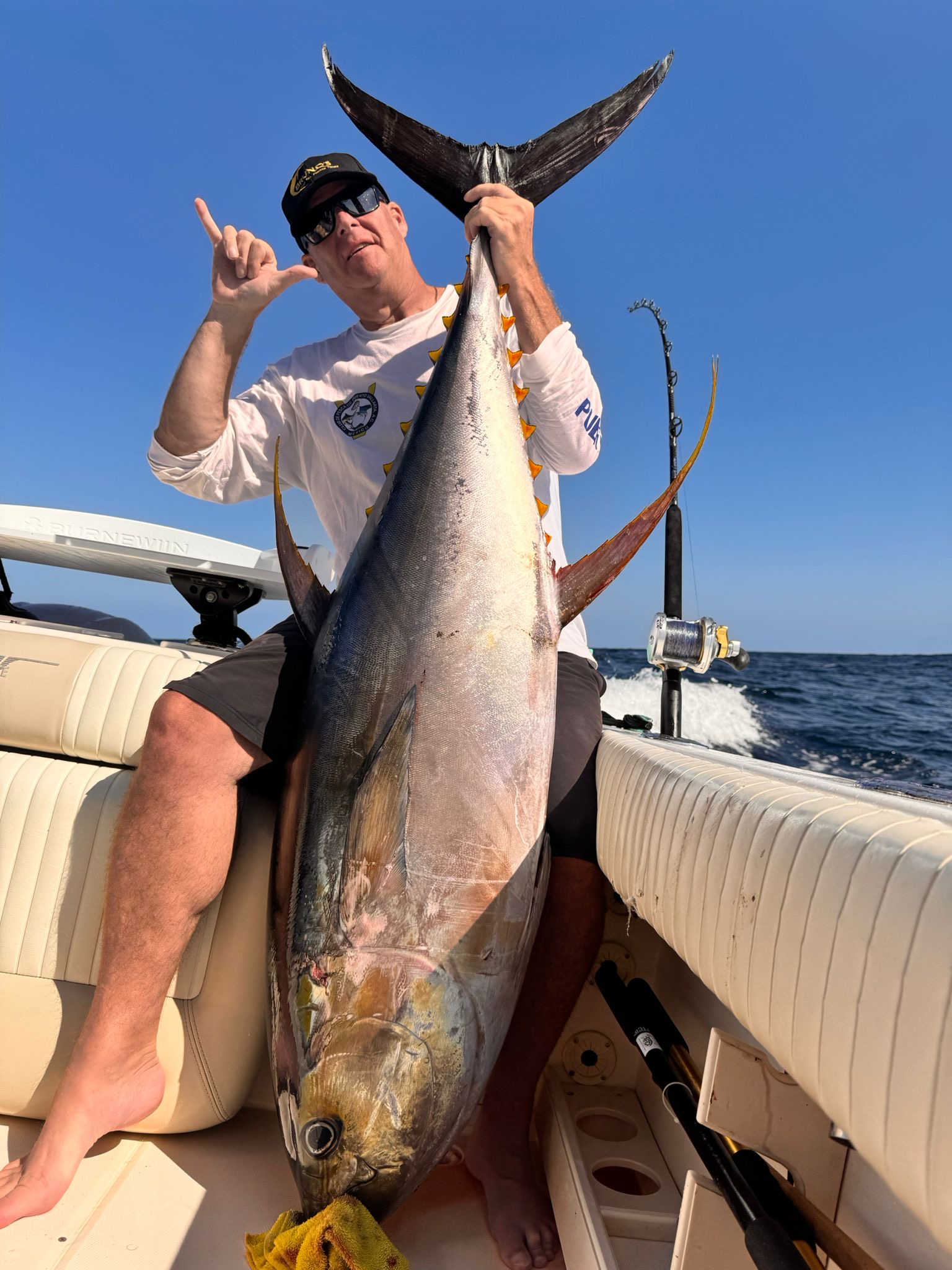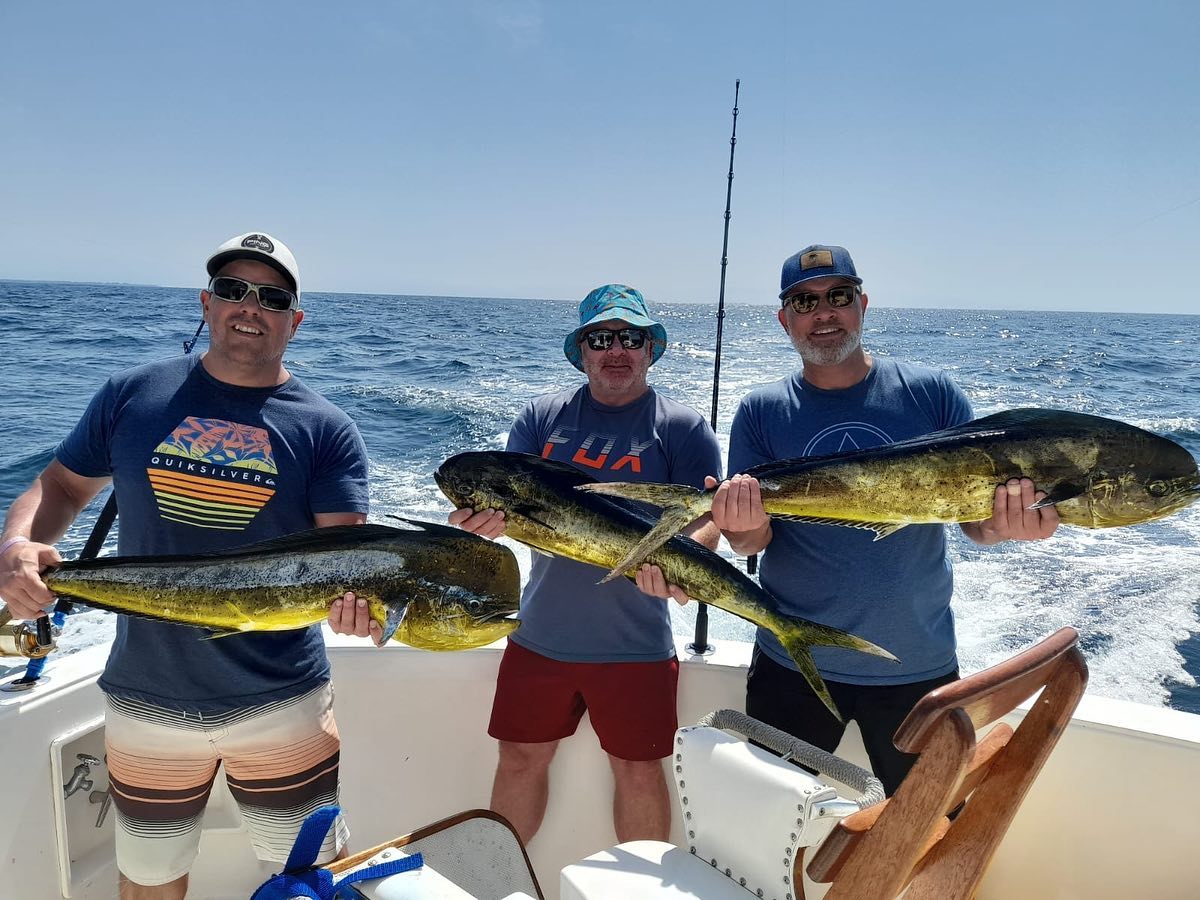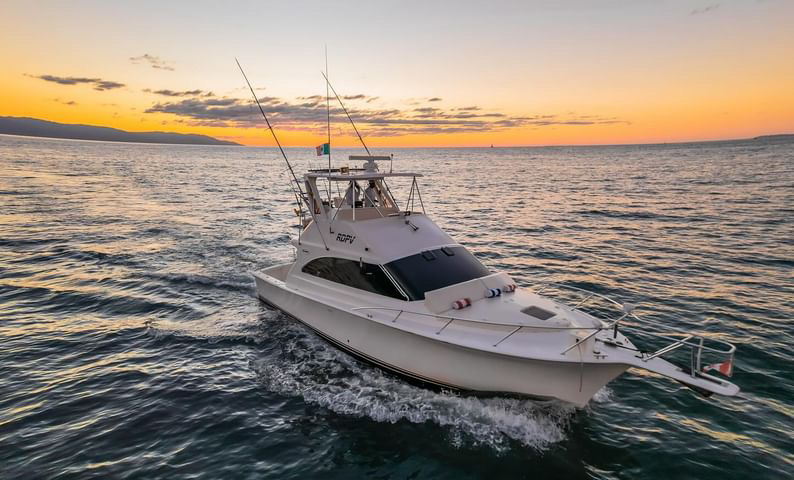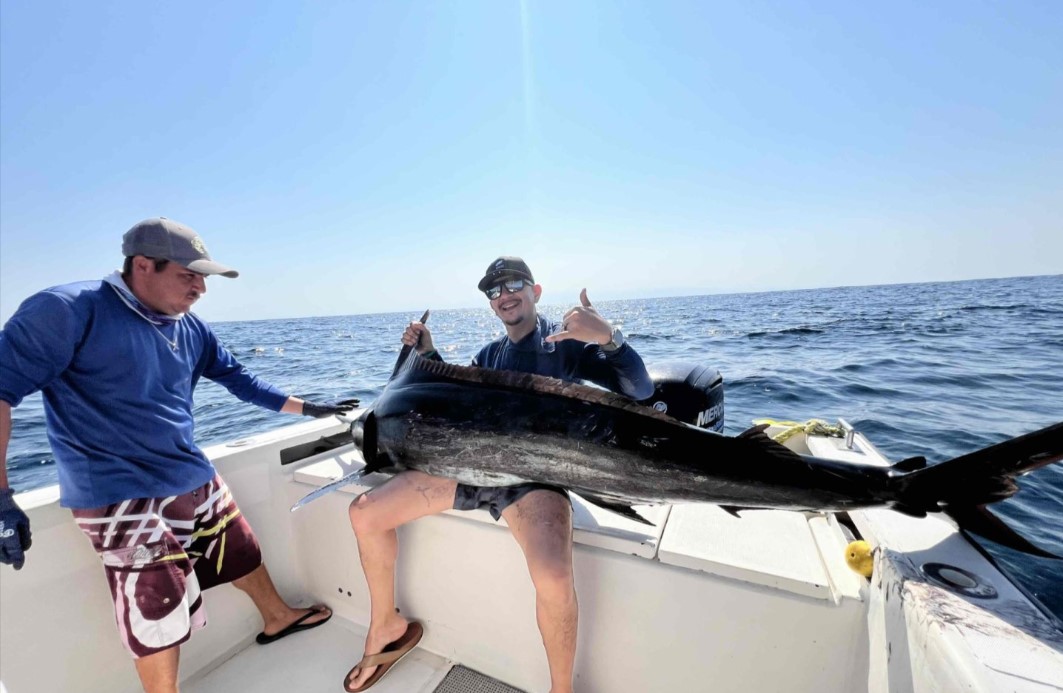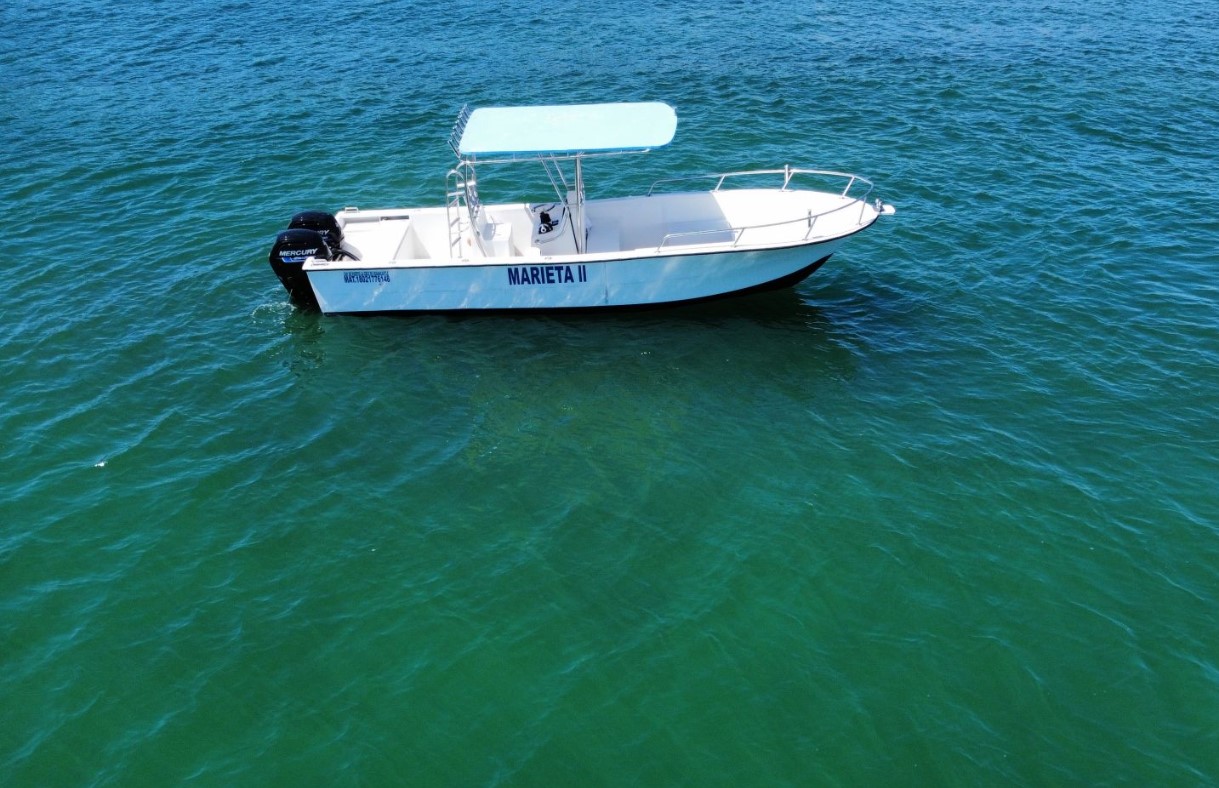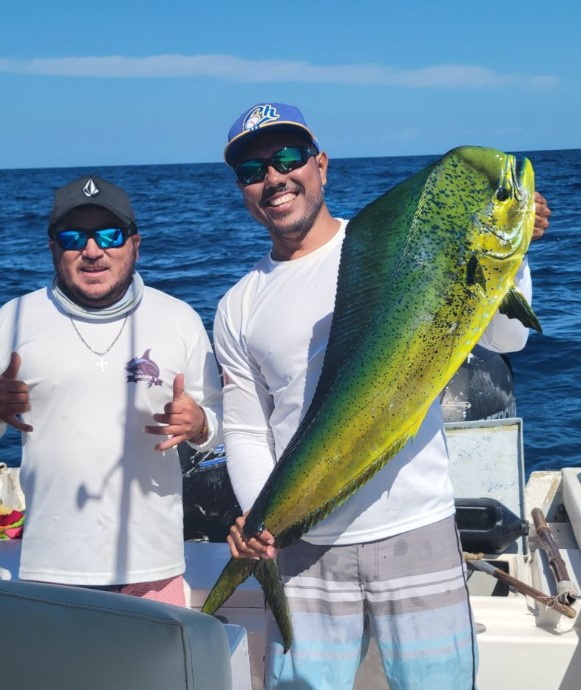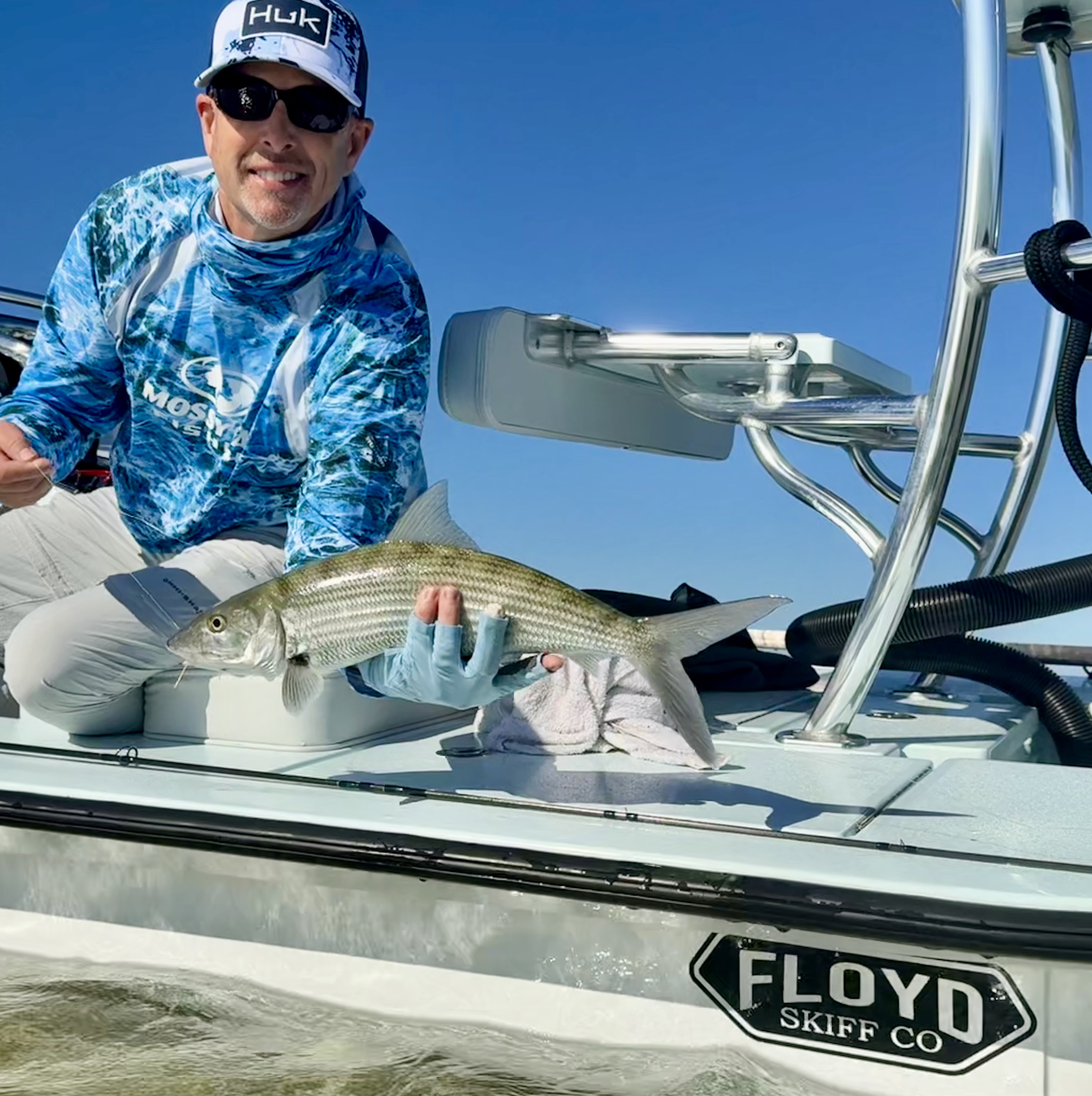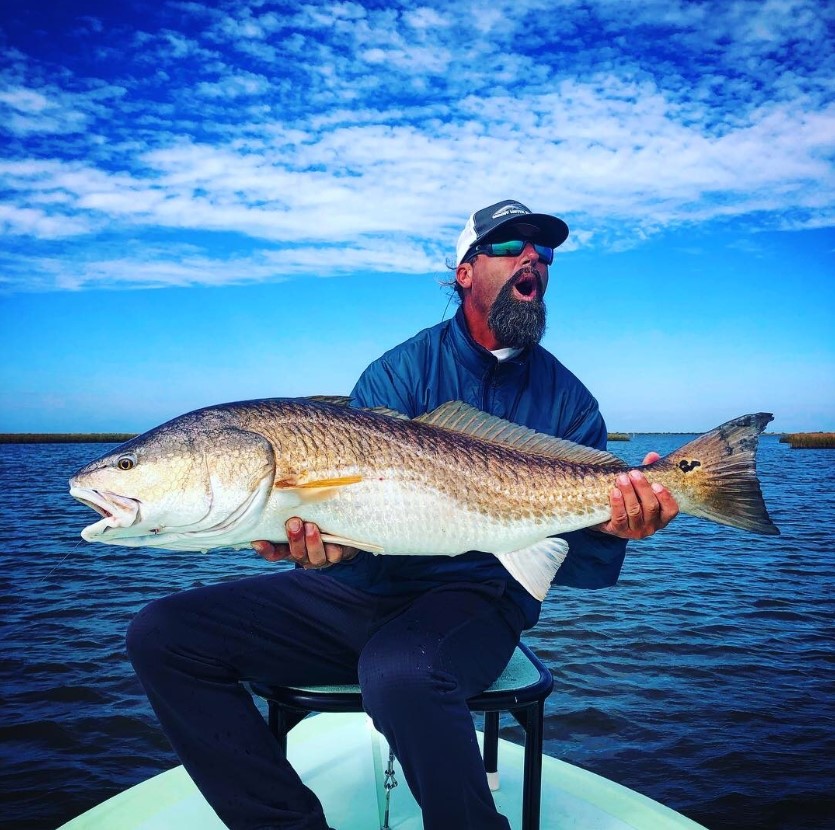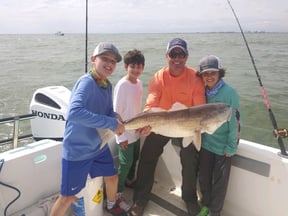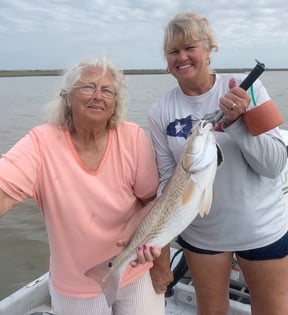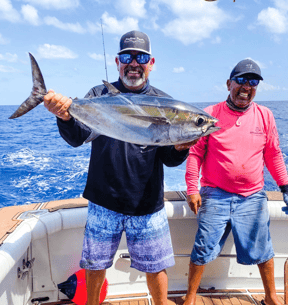Inshore, Nearshore, Flats in Tavernier
Sight Fishing Everglades Natl Park
Miami Peacock (4-8HR)
Lake Ida (4-8HR)
Inshore Fishing in Corpus Christi
Hook, Line & Memories Fishing Trip
Inshore, Nearshore Fishing in Clinton
5HR Trip PM Bottom/ Reef
Deep Sea Fishing in Kailua-Kona
Half Day Charter 4 Hours
Deep Sea Fishing in Puerto Vallarta
31 Ft Grady White Deep Sea Fishing
Inshore, Deep Sea Fishing in Cruz de Huanacaxtle
Luxury 40 Ft Yacht La Cruz
Deep Sea Fishing in Corral del Risco
5-8 Hour Offshore Trip
Inshore, Flats Fishing in Key West
4-8 Hour Inshore Fishing Trip
We started Captain Experiences to make it easy to book fishing and hunting guides around the world. With over 2,000 Damn Good Guides, our platform makes finding and booking a trip seamless. Head here to check out our trips.
How to Catch & Release Fish
Anglers release fish every year for a variety of reasons from bag limits to promoting conservation. Whatever your reason for practicing catch and release, it’s important to know how to properly handle fish to give them the best chance of survival. Here’s a guide to the tools and best practices you need to know to catch and release fish in the field.
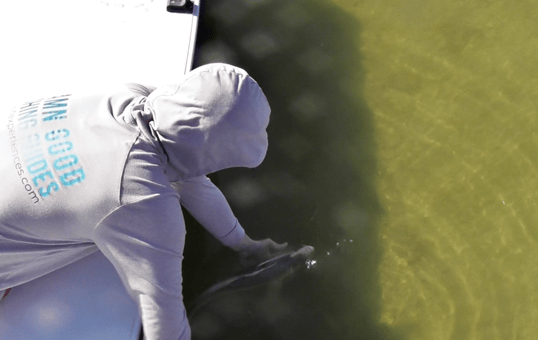
Equipment & Tools
Nets
Nets are an essential piece of equipment for all anglers from mountain streams to deep water dropoffs. Some fish are more delicate than others, but it’s important to treat all of them as gently as possible. Gaffs should never be used to land a fish that you intend to release because they cause immediate damage to fish which greatly reduces their chances of survival.
When it comes to nets make sure to use one that is appropriately sized for the fish you intend to catch. A net that is too small risks fish being dropped or getting stuck which causes more stress and lengthens the release process. Larger nets might be more cumbersome to handle but are generally easier on the fish. The net material is also important when handling fish because of the thin protective slime layer that coats their skin. Nylon nets are rough and scratchy when fish are pushed into them and pulled out which can damage their skin. Rubber nets are preferred when landing fish because they are smooth and not tough on their skin, scales, or slime.
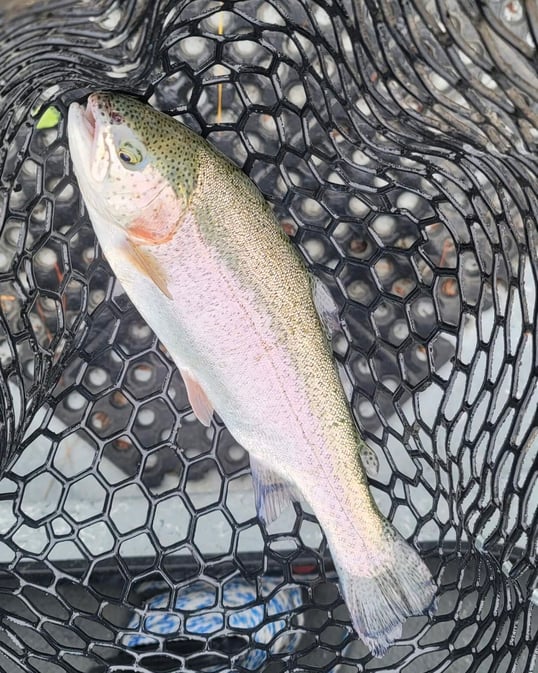
Hook Removal Tools
Once a fish has made it to the boat, it’s important to have your tools for unhooking the fish nearby. Having the tools on hand will help shorten the length of time you need to handle the fish which is always better. The best tools for hook removal include needle nose pliers, clamps(such as hemostats), or any of the commonly available hook removers.
Needle nose pliers might be the most versatile hook removers and can be found in the tackle box of almost every angler. When needle nose pliers are too big or tough on hooks, hemostats can be especially handy for working on thin wire hooks or smaller fish. In certain cases, specialty hook removal tools can be useful but make sure you have used them before trying to unhook a fish.
Hooks
The hooks you use vary depending on the type of fishing you’re doing but certain kinds are easier to remove. If keeping fish is not the main goal of your time on the water consider using barbless hooks. Almost all fishing hooks whether on lures or live bait have a bard which greatly reduces the chance of a hook pulling out. The bard also makes removing hooks much more difficult and in many cases causes additional damage to the mouth of the fish. Using barbless hooks makes it easier to unhook fish which means the fish are returned to the water sooner and with less damage to their mouth increasing their odds of survival. The downside is that it’s also easier for fish to throw the hook while you are reeling them in which is always a big bummer. If you plan to keep the fish you catch then regular hooks are more secure and make the most sense, but if you are fishing for sport barbless hooks may be a better choice for the health of the fish.
Fish Handling
When handling fish you intend to release use wet hands or gloves to help minimize your impact on a fish's slime coating. If you can handle fish while they’re in the water it keeps them in the best condition for release. Generally, fish can’t breathe air so when they are out of the water they cannot breathe. It’s best to only keep fish out of the water for short periods of time that are no longer a minute or two.
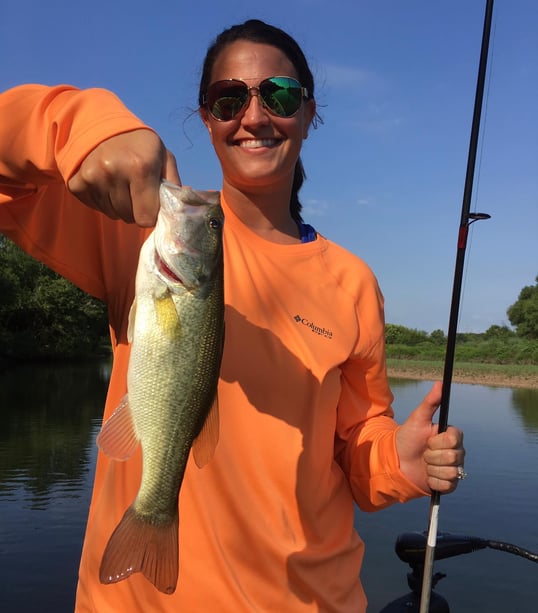
Extremely active fish can be hard to handle but flipping them upside down and using a wet rag to cover their eyes will calm them down. When holding smaller fish you can put your thumb or clamp in their mouth and hold them vertically. It’s always better to hold larger fish horizontally with two hands, one hand under the belly and the other under the head. It’s important to support the body of a fish out of water because its body is not used to supporting itself in the air. Handle fish carefully from the time you land them until you put them back in the water and you will give them the best chance to recover and survive.
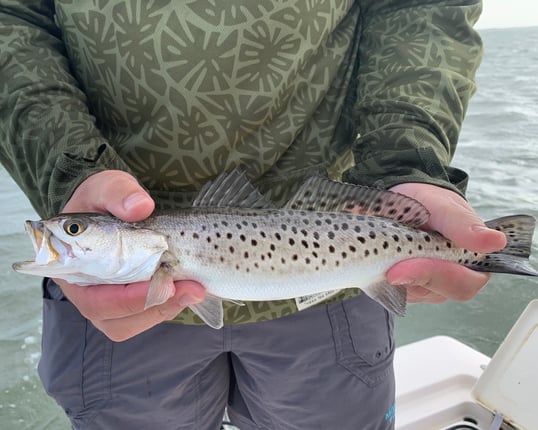
How to Remove a Hook
Using nets can also be a useful way of containing a fish while you work on unhooking it while keeping it in the water. If you need to remove the fish from the water pull it out of the water with the net and pick it up with wet hands or gloves. Use the needle nose pliers or other hook removal tool to grab the hook and push it out in the opposite direction that it went in. Do not try to tear a hook out of a fish's mouth, that will only cause unnecessary damage to the fish and hurt its ability to survive. If the hook does not come out try using slightly different angles or twisting the hook slightly to help free up the barb. Once the hook is removed place the fish back in the water and begin reviving the fish.
Releasing fish
After you have fought with a fish, tired it out enough to land, unhooked it, and finally placed it back in the water, the fish will be weak and suffering from low oxygen. With the fish in the water, hold its tail and support its body while pointing its head into the flow of water. Allow the water to flow through the gills of the fish while gently moving it back and forth to start allowing the fish to breathe and get oxygen. The fish will begin moving and will eventually swim off on its own. If a fish is released and does not swim off grab the fish and continue trying to resuscitate it.
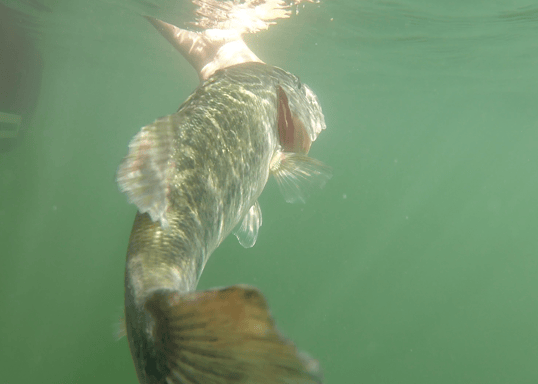
Catch & Release Summary
If fish did not survive being caught by anglers fishing regulations would look a lot different. Catch and release is a big part of the sport because every angler releases fish that will hopefully be caught by another lucky angler someday. By using these best practices while handling fish and unhooking them we are doing not only what’s best for the fish's health but also the sport and conservation. We all want to see the fish populations and waters we love improve, and one of the best ways to do that is by properly handling and releasing fish.
Joey Butrus
Updated on August 3, 2023

June 22, 2022

October 26, 2020

August 21, 2023

July 1, 2024
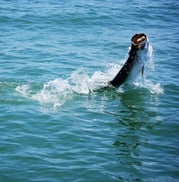
April 15, 2022
Related Articles
July 8, 2021
April 25, 2022
Featured Locations
- Fishing Charters Near Me
- Austin Fishing Guides
- Biloxi Fishing Charters
- Bradenton Fishing Charters
- Cabo San Lucas Fishing Charters
- Cancun Fishing Charters
- Cape Coral Fishing Charters
- Charleston Fishing Charters
- Clearwater Fishing Charters
- Corpus Christi Fishing Charters
- Crystal River Fishing Charters
- Dauphin Island Fishing Charters
- Daytona Beach Fishing Charters
- Destin Fishing Charters
- Fort Lauderdale Fishing Charters
- Fort Myers Fishing Charters
- Fort Walton Beach Fishing Charters
- Galveston Fishing Charters
- Gulf Shores Fishing Charters
- Hatteras Fishing Charters
- Hilton Head Fishing Charters
- Islamorada Fishing Charters
- Jacksonville Fishing Charters
- Jupiter Fishing Charters
- Key Largo Fishing Charters
- Key West Fishing Charters
- Kona Fishing Charters
- Lakeside Marblehead Fishing Charters
- Marathon Fishing Charters
- Marco Island Fishing Charters
- Miami Fishing Charters
- Montauk Fishing Charters
- Morehead City Fishing Charters
- Naples Fishing Charters
- New Orleans Fishing Charters
- New Smyrna Beach Fishing Charters
- Ocean City Fishing Charters
- Orange Beach Fishing Charters
- Panama City Beach Fishing Charters
- Pensacola Fishing Charters
- Pompano Beach Fishing Charters
- Port Aransas Fishing Charters
- Port Orange Fishing Charters
- Rockport Fishing Charters
- San Diego Fishing Charters
- San Juan Fishing Charters
- Sarasota Fishing Charters
- South Padre Island Fishing Charters
- St. Augustine Fishing Charters
- St. Petersburg Fishing Charters
- Tampa Fishing Charters
- Tarpon Springs Fishing Charters
- Venice Fishing Charters
- Virginia Beach Fishing Charters
- West Palm Beach Fishing Charters
- Wilmington Fishing Charters
- Wrightsville Beach Fishing Charters
